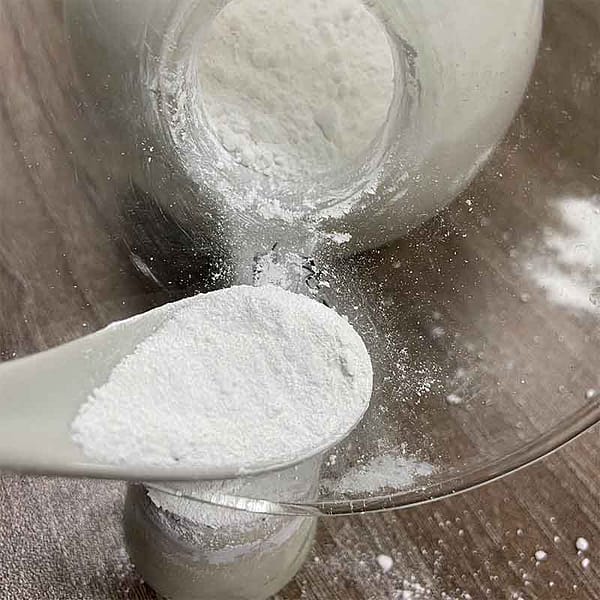In the vast canvas of industries that use titanium dioxide, also known as TiO2, titanium white, also known as Pigment White 6 (PW6), emerges as a shining star, specifically in the field of paints, plastics and paper and rubber. The versatile chemical, adored for its brilliant white pigment, plays a pivotal role in transforming raw materials into vibrant finished products. Discover the uses of titanium dioxide as well as its production methods. Discover the impact it can have on various industries.

The Canvas of Titanium Dioxide, A Palette of Possibilities
Titanium dioxide is a crucial ingredient in a variety of products. It enhances the appearance and performance of items that we use daily. In the case of Pigment White 6, it is a major component in the creation of paints, providing a brilliant and opaque white color that enhances the radiance and coverage of artistic and industrial applications equally.
Titan dioxide is utilized in the plastics industry to add color, and also to act as a UV stabiliser safeguarding against harmful UV radiation. Its dual functionality makes titanium dioxide an important component of numerous plastic products. These range from sturdy outdoor objects to packaging materials.
The Manufacturing Alchemy of Titanium Dioxide Production Processes
The production of titanium dioxide is a specialized procedure, and two methods are predominant methods: the sulfuric acids method and the chlorination method. Each method has unique applications and complexities which add to the many applications titanium dioxide can be utilized across industries.
Sulfuric Acid Method. This involves the reaction of the ore that contains titanium with sulfuric acids resulting in a titanium sulfate. This solution is then hydrolyzed to produce hydrated titanium dioxide. After calcination, the final product is a fine white powder that can be used in various industries, including paper and paint.
The Chlorination Technique The Chlorination Technique with chlorine gas this technique works by combining titanium-bearing mineral to produce titanium Tetrachloride. The titanium tetrachloride undergoes series of chemical transformations before becoming pure titanium dioxide. This method is widely used in the manufacture and use of titanium dioxide by rubber, plastics, and various other industries.
Titanium Dioxide Applications: Art and Science
Titanium Dioxide is a pigment that has a brilliant shine across all sectors. Its ability to produce a bright white color with outstanding coverage and long-lasting durability makes it a popular option for homeowners, artists and industrial uses alike. The brightness it gives the canvas is not only visible, but also useful in improving the durability of painted surfaces.
Titanium dioxide is a component of plastics to produce a glowing finish. It is not only a pigment but also a UV stabilizer, which protects you from the damaging effects of sunlight. This makes titanium dioxide an integral component of outdoor plastic products to ensure they preserve their structural integrity and aesthetic appeal over time.
Titan dioxide is used in the paper industry in order to increase the whiteness of paper and its opacity. The addition of titanium dioxide enhances the luminosity of the paper and makes printed materials more vivid and more readable. Titanium dioxide is employed in the production of papers for more than aesthetic reasons. It is also an essential element in improving overall quality.
Rubber Resilience and UV Resistance: The rubber industry is benefited by the UV resistance offered by titanium dioxide. Titanium dioxide is used in the manufacture of rubber products exposed to sunlight, and this ensures the quality and durability of rubber based items.
Titanium Dioxide Impact: More Than Pigment
Titanium dioxide is a very visible pigment. But its effect is more than just the color. Due to its ability to increase the durability, resistance and endurance of various all kinds of materials it is not visible but a vital component of quality and performance.
Titanium dioxide is a substance which has a major impact on many industries. It seamlessly integrates into their fabric. As Pigment White 6, it paints brilliance across canvases that are both industrial and artistic. Its production is a combination of two processes that include chlorineation and sulfuric acid. This makes it suitable for a wide spectrum of possible applications. The harmonious mix of science and art in manufacturing is evident when titanium dioxide brightens paper, improves paints’ appearance, and protects the plastics’ resistance to ultraviolet radiation or helps protect rubber. Its brilliance illuminates our everyday lives, creating various products with an enduring impact and radiant radiance.
